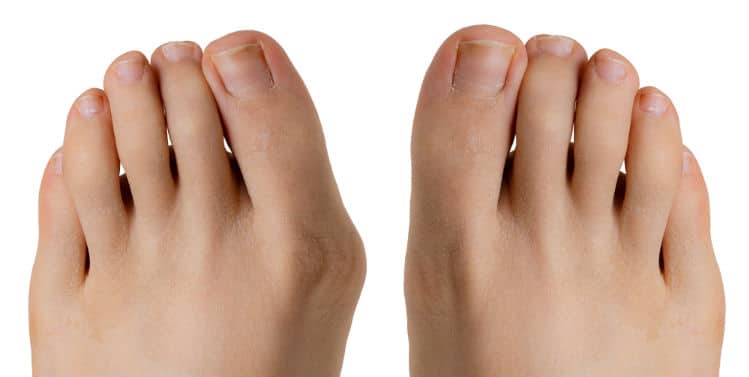Lapiplasty: A Better Way to Do Bunion Surgery
Advancements in medical treatments often bring new hope and better outcomes for patients. If you’ve been dealing with painful bunions and are wary of traditional surgery, we have great news for you. The team at Comprehensive Foot & Ankle is proud to offer Lapiplasty, a revolutionary 3D bunion correction procedure that addresses the root causes of bunions, offering more consistent and dependable results.
Understanding Bunions and Traditional Surgery
What is a Bunion?
Bunions are painful bony bumps that form on the joint at the base of your big toe, caused by the misalignment of bones in your foot. They can lead to discomfort, difficulty walking, and even more severe foot deformities if left untreated.
Traditional Bunion Surgery (Osteotomy)
The conventional method for bunion correction, osteotomy, involves cutting and repositioning the misaligned bone. However, this two-dimensional approach often fails to address the complex, three-dimensional nature of the deformity. Because the underlying joint instability remains uncorrected, bunions treated with osteotomy have a high recurrence rate.

What is Lapiplasty?
Lapiplasty is an advanced bunion surgery technique that corrects the misalignment in three dimensions. Unlike traditional methods, Lapiplasty restores the natural anatomy of your foot, addressing the root cause of bunions and providing more effective and lasting results.
The 3D Advantage
Lapiplasty offers a true three-dimensional correction by repositioning the metatarsal bone in all planes—sideways, vertically, and rotationally—before making any cuts. This ensures a more precise and durable correction, reducing the chances of recurrence.
The Lapiplasty Procedure
Step-by-Step Overview
- Small Incisions: The procedure begins with minimal incisions, reducing scarring and promoting faster healing.
- Realigning the Metatarsal Bone: Advanced surgical tools reposition the bone in three dimensions before making any cuts.
- Precision Cutting and Securing with Titanium Plates: Small, precise cuts are made, and titanium plates are inserted to secure the unstable joint at the base of the metatarsal bone.
Benefits of Lapiplasty
Long-Term Results
- Reduced risk of recurrence: Traditional osteotomies have a much higher failure rate.
- More dependable outcomes: Proper bone alignment leads to long-lasting results.
Faster Recovery
- Earlier mobility: Most patients can start walking in a surgical boot within days.
- Quicker return to regular shoes: Patients typically transition back to normal footwear around the 6-week mark.
Minimally Invasive Approach
Smaller incisions result in:
-
- Faster wound healing
- Less post-surgical pain
- Lower risk of infections
- Less visible scarring
Frequently Asked Questions (FAQs)
What is Lapiplasty?
Lapiplasty is an innovative surgical approach that corrects bunions in all three dimensions, restoring the foot’s natural anatomy.
How does Lapiplasty differ from traditional bunion surgery?
Unlike osteotomy, which only repositions the bone in a single plane, Lapiplasty corrects the bunion in all three dimensions and secures the unstable joint to prevent recurrence.
What is the recovery process like?
Most patients are walking in a surgical boot within days, transitioning to regular footwear around six weeks post-surgery.
Are there any risks associated with Lapiplasty?
As with any surgery, risks exist, but Lapiplasty’s minimally invasive approach reduces complications like infection and excessive scarring.
Why Choose Comprehensive Foot & Ankle?
The team at Comprehensive Foot & Ankle specializes in advanced treatments like Lapiplasty. With years of experience and a commitment to patient care, we provide exceptional treatment options for bunion sufferers.
Why Choose Us?
- Expert podiatric surgeons: Our specialists have extensive experience performing Lapiplasty.
- Cutting-edge technology: We use the latest surgical tools for precise and effective correction.
- Comprehensive patient care: From diagnosis to post-surgical recovery, we ensure you receive the highest quality care.
Contact Us
If you’re ready to take the next step toward pain-free feet, schedule an appointment at one of our six convenient locations. Call us today at (816) 455-1155 or visit our website to book online.
